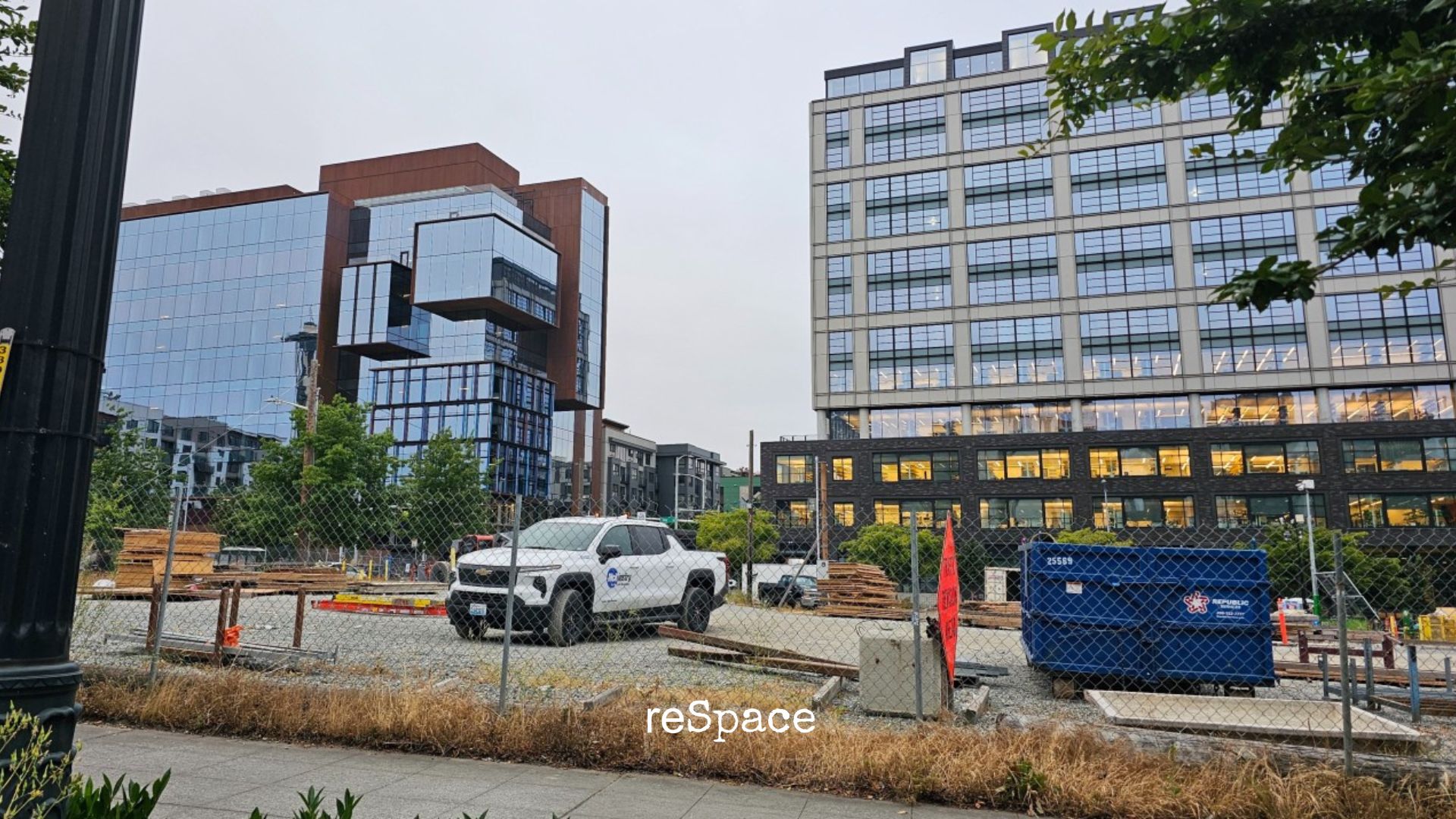
Author: Katrina Romatowski | Founder & CEO at reSpace | Unlocking Homeownership for Millions | Impact-Driven Real Estate Innovator
(6–8 min read) What William Zeckendorf would say about soul, spreadsheets, and designing for life
Driving through Seattle this morning, I passed two new construction projects side by side, both fresh builds. But what they represented couldn’t have been more different.
The one on the left stopped me in my tracks. It was daring, not just in form but in spirit. The shape wasn’t a box, it was a question. An invitation. You could tell the architect had been given space to dream, not just space to fill. The building wasn’t trying to squeeze every last rentable inch from the lot. It was trying to say something. And it did.
The one on the right? It was a box. Maximum density. Minimal soul. Built to extract.
It made me realize, again, that our housing system is still optimizing for the wrong things.
When square footage becomes the only scorecard
Across cities like Seattle, new buildings rise with ruthless efficiency. Developers, under pressure from rising land costs and rigid pro formas, are pushed to monetize every corner. The result? Sites that are packed to the edge of zoning limits, shaped by spreadsheets instead of soul.
We call this “maximizing for rentable square footage.” It’s the dominant formula. But it’s also the reason so many people feel disconnected from the very places they live.
When profit margins are the only compass, creativity gets edited out. Community gets cropped. And life…real, joyful, generative life, gets squeezed.
And yet, it doesn’t have to be this way.
reSpace is flipping the blueprint
At reSpace, we’re not optimizing for units per acre. We’re optimizing for human flourishing per square foot.
That changes everything.
Instead of asking, How much can we extract from this lot? we ask, What kind of life can this land support? Instead of squeezing in tiny boxes, we design for breathing room, shared spaces, and intentional connection. Our homes are smart, not crammed. Shared, not isolating. Flexible, not fixed.
And because reSpace uses co-homeownership to radically reduce the cost of entry, we’re making this new model of living affordable, not just idealistic.
This isn’t a hypothetical. The numbers back it up:
According to Realtor.com’s May 2025 Affordability Benchmark, only 16 percent of active listings nationwide were affordable for households earning $100,000 annually. In high-cost metro areas like Seattle–Tacoma–Bellevue, that figure drops dramatically to just 7.3 percent—meaning fewer than one in twelve homes are within reach of a six-figure income.
The U.S. Census Bureau reports that the average household size in America has decreased over the past three decades, yet home sizes have ballooned—leading to overbuilt, underutilized spaces that cost more than most can afford.
A recent Pew Research Center study found that 39 percent of young adults now live in multigenerational households—a reflection of both housing unaffordability and a cultural shift toward shared living models.
In short: the way we’ve been building isn’t serving the way we live now.
Enter William Zeckendorf
Ah, William Zeckendorf, the master visionary who turned air rights and impossibilities into New York landmarks.
If he were looking at those two Seattle buildings, the daring, creative one and the box that maxes out the zoning envelope…he might pause, smile that knowing developer’s grin, and say something like:
“Anyone can build within the code. The real art is building beyond the obvious, seeing value where no one else even sees possibility.”
Zeckendorf didn’t just develop properties; he reimagined cityscapes. He believed in ambitious placemaking, not just profitable floorplans. To him, every site was a canvas for identity, imagination, and investment to collide. He once said:
“I wasn’t in the real estate business. I was in the dream business.”
So if we ran this past Zeckendorf, he’d likely praise the building on the left, not just for its design, but for its philosophy. It doesn’t settle for rentable square footage. It dares to shape human experience. It invites a new economy of beauty, belonging, and bold thinking.
And the box on the right? He’d probably shake his head and say:
“That’s not a building. That’s a spreadsheet in disguise.”
Zeckendorf would resonate with reSpace’s ethos: build with soul, unlock dormant value, and always design for life, not just leases. He knew the future belonged to those brave enough to defy convention and deliver meaning.
Life is not a line item
We believe housing should be a launchpad, not a landing page. A place where your story grows, not just where your rent goes.
When we stop maximizing for square footage and start designing for shared possibility, everything shifts.
Homes become platforms for belonging, not just assets. Sites become canvases for connection, not just construction. And builders, brokers, and homeowners alike become stewards of something much more meaningful than margins.
This is the shift reSpace is inviting. One backyard at a time. One shared suite at a time. One reimagined future at a time.
So next time you pass a construction site, don’t just ask how many units it holds. Ask what kind of life it invites.
Let’s stop measuring by the inch and start creating by intention.





